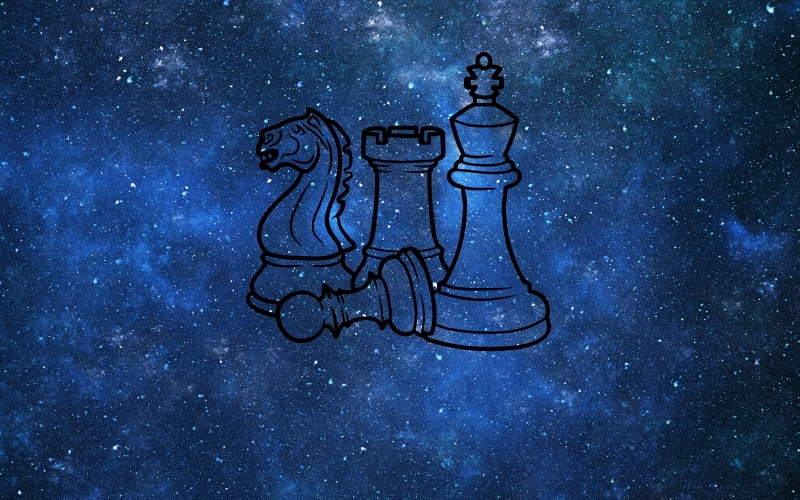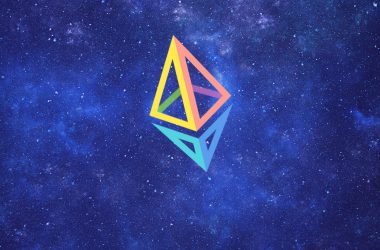- The NFT of games on Chess.com are seen more as a tipping mechanism than a tradable item.
- Chess.com issues its NFT on Polygon network, with no tradable token.
- Chess.com combines classical chess with puzzle games.
Chess.com is among the world’s leading communities for online chess. But now, the game is also trending in Web3 and NFT space. The chess hub gained prominence after a recent partnership with Coinbase.
Chess.com has the advantage of its existing community, and Coinbase has used the clout to also add new users. Coinbase now offers $5 in Bitcoin to all registered Chess.com players.
The chess hub is open to anyone, but has also added an experimental NFT marketplace where actual games can be recorded as NFT. Chess.com is one of the perfect tools of engagement, and is part of the trend of puzzle games adding a Web3 element. While Chess.com is not strictly a play-to-earn game, it shows the influence of Web3 ideas affecting even traditional game hubs.
Chess.com extends the availability of P2E based on chess though with limited tokenization. The game hub also relies on social media sharing, expanding the influence of the project.
Chess.com has only 22 items listed on OpenSea, with very limited trading and one item selling at 0.21 ETH. The NFT generator allows players to link their in-game identity wth a rendition of a prominent game they played.
Chess.Com Uses Treasure Chess Platform
Chess.com offers its own NFT experimental marketplace after partnering with Treasure Chess in April. Treasure Chess shows ongoing minting activity of games, though not a highly active trading mechanism.
Treasure Chess uses Polygon to generate its interactive NFT items. The project has been careful not to push NFT too hard, and the collectible element is strictly optional. Some of the NFT may have more sentimental than economic value, but it is precisely the lack of aggressive selling that drives adoption within online chess societies.
The NFT value goes mostly toward the player, with Treasure Chess picking up a 5% fee only. The idea of minting games as NFT is to support the best players on the platform and show appreciation. Players can pay minting fees with a debit card, with no need to buy MATIC on the Polygon network.










